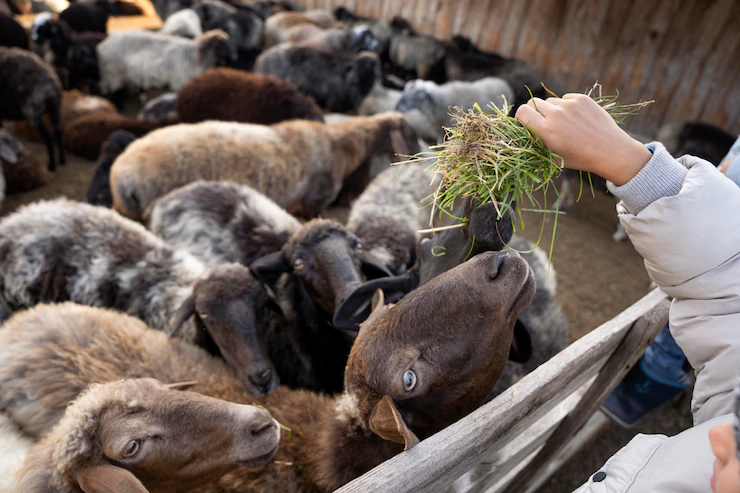South African agriculture is known for its diverse range of livestock species beyond the traditional ones like cattle, sheep, and goats. Let’s explore some of the other livestock species that contribute to the agricultural landscape in South Africa.
- Poultry: Poultry farming is a significant sector in South African agriculture. Chickens, specifically broilers (meat production) and layers (egg production), are widely raised. This industry provides an essential source of affordable protein and eggs for the population.
- Pigs: Pig farming, known as piggery, is another important aspect of South African agriculture. Pigs are reared for meat production and contribute to the pork industry. Both large-scale commercial pig farms and smaller family-owned operations exist across the country.
- Ostriches: South Africa is one of the world’s largest producers of ostrich products. Ostrich farming started as a niche industry but has gained popularity due to the demand for ostrich meat, leather, feathers, and oils. The arid regions of the Karoo are suitable for ostrich farming due to the similar climate to their native habitat.
- Game Farming: South Africa is renowned for its wildlife and game reserves. Game farming involves breeding and rearing various species of game animals, including antelopes, zebras, wildebeests, and more. These farms often cater to eco-tourism, hunting, and meat production.
- Bees and Honey Production: Beekeeping plays a crucial role in South African agriculture, contributing to honey production and pollination services. Beekeepers manage hives for honey, beeswax, and other bee-related products. The diversity of flora and vegetation in South Africa supports a rich variety of honey types.
- Rabbits: Rabbit farming, or cuniculture, has gained traction in South Africa for meat production, fur, and as pets. Rabbit meat is lean and low in cholesterol, making it a popular alternative to traditional livestock.
- Aquaculture: Although not exclusive to South Africa, aquaculture has seen significant growth in recent years. Fish farming, particularly tilapia and trout, is practiced in aquaculture facilities across the country. Aquaculture provides an alternative to traditional fishing methods while meeting the increasing demand for seafood.
It’s worth noting that the exploration of diverse livestock species in South African agriculture is an ongoing process, with farmers and researchers continually investigating new opportunities. The unique biodiversity, climate, and market demands of the region contribute to the expansion and diversification of livestock farming in South Africa.
Join 'Farmers Mag' WhatsApp Channel
Get the latest Farming news and tips delivered straight to your WhatsApp
CLICK HERE TO JOIN






